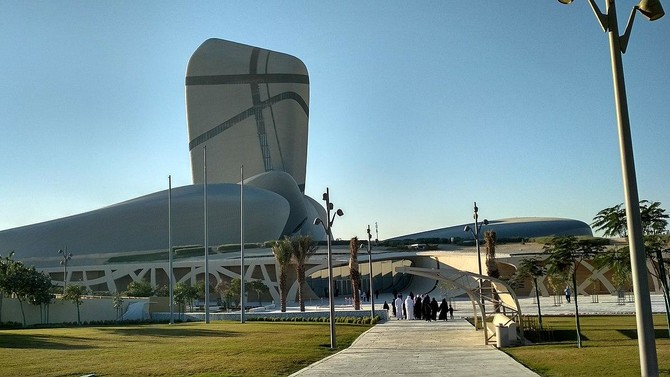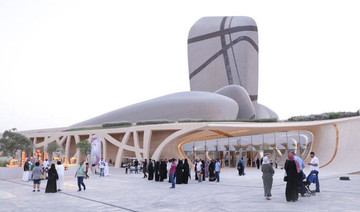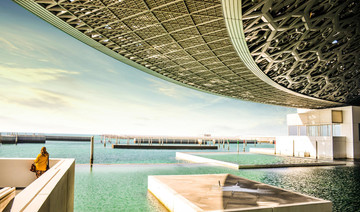CHENNAI: “Mile 22” may sound like a strange title, but it is within this distance from an airfield to the American Embassy in Indocarr (a fictionalized version of perhaps South Korea) where most of the action unfolds.
A mystery agent, Li Noor (Iko Uwais), walks into the embassy with an asylum request. In return, he volunteers to hand over a code to decipher the location of shipments of cesium, a chemical capable of mass destruction. The code is inside a disc, which will deconstruct in eight hours.
James Silva (Mark Wahlberg) and his team of American commandos in charge of anti-terror operations are asked to escort Noor from the embassy to an airfield 22 miles away, where a waiting plane will take him away.
It is never clear why Noor turns himself in, and the film, which marks the fourth time that director Peter Berg and Wahlberg are collaborating, is equally perplexing at other places.
While their earlier film, “Patriots Day,” marked a high point (with “Lone Survivor” and “Deepwater Horizon” flying at various levels), “Mile 22” seems to have hit the bottom. The two have announced that it is the first of a trilogy, and it seems like a desperate attempt to start a franchise.
Much of the movie’s confusion comes down to its innumerable subplots. Silva is bitter most of the time, abusive, violent and driven to lecturing people to an extent that it drives them mad. Sometimes, he comes off as a habitual killer. Supposedly bipolar, orphaned at 11, married and divorced three times, he is bizarre. But he is also strangely entertaining.
The other bit of fun, although bloody, comes from Uwais’ martial arts hand-to-hand combat at the embassy’s detention center, while the painful divorce of team member Alice Kerr (Lauren Cohan) and her separation from her little daughter offer tearjerking moments. Much of all these could have been excised, save for Uwais’ bare-fisted fight, which is the movie’s high point.
‘Mile 22’ is a riddling ride through too many alleyways
‘Mile 22’ is a riddling ride through too many alleyways

Venues from across Arab world feature in TIME’s ‘World’s Greatest Places’ list

- The King Abdulaziz Center for World Culture in Dhahran, also known as Ithra, is included in the list
- The beautiful 14th century Al-Qarawiyyin Library in Fez also made the cut
LONDON: A Saudi architectural icon has been named in TIME magazine’s first annual list of the “World’s Greatest Places.”
The King Abdulaziz Center for World Culture in Dhahran, also known as Ithra, is included in the list of places to visit, as are Abu Dhabi’s Louvre and the UAE capital’s Warner Bros. World theme park.
Ithra was built as a corporate social responsibility initiative by Saudi Aramco to serve as a national and regional catalyst for intellectual development, creativity and cross-cultural sharing. Its state-of-the-art, multi-disciplinary facilities attract thousands of visitors for initiatives and events from around the world.
The center consists of a 1600-square-meter Great Hall; a museum with four galleries, each focusing on a specific range of cultural expression spanning Saudi identity and heritage, Islamic art and civilization, and the culture of the Arabian peninsula. A cinema is home to the Saudi Film Festival, and a library holds more than half a million items. The Performing Arts Theater is a 1,000-seat opera house, and the Knowledge Tower hosts 2,000 annual workshops including STEM (science, technology, engineering and math) and reading programming for youth.
By showcasing the Kingdom’s rich cultural heritage and hosting or collaborating on international projects, the King Abdulaziz Center encourages the understanding that flows from artistic expression into all aspects of life, at home and abroad.
Since its inauguration by the King Salman in 2016, the Center has emerged as a pioneering force offering unprecedented access to unique arts, culture and knowledge programming.
The beautiful 14th century Al-Qarawiyyin Library in Fez also made the cut, while Cairo’s Marriott Mena House hotel was considered one of the best places to stay in the world.
In its introduction to the list, TIME explained how it asked for nominations “across a variety of categories— such as museums, parks, bars, restaurants, theme parks, cruises and hotels— from editors and correspondents around the world as well as dozens of industry experts.”
They then used a series of criteria to evaluate each nomination — quality, originality, innovation, sustainability and influence.
See the full list here.










